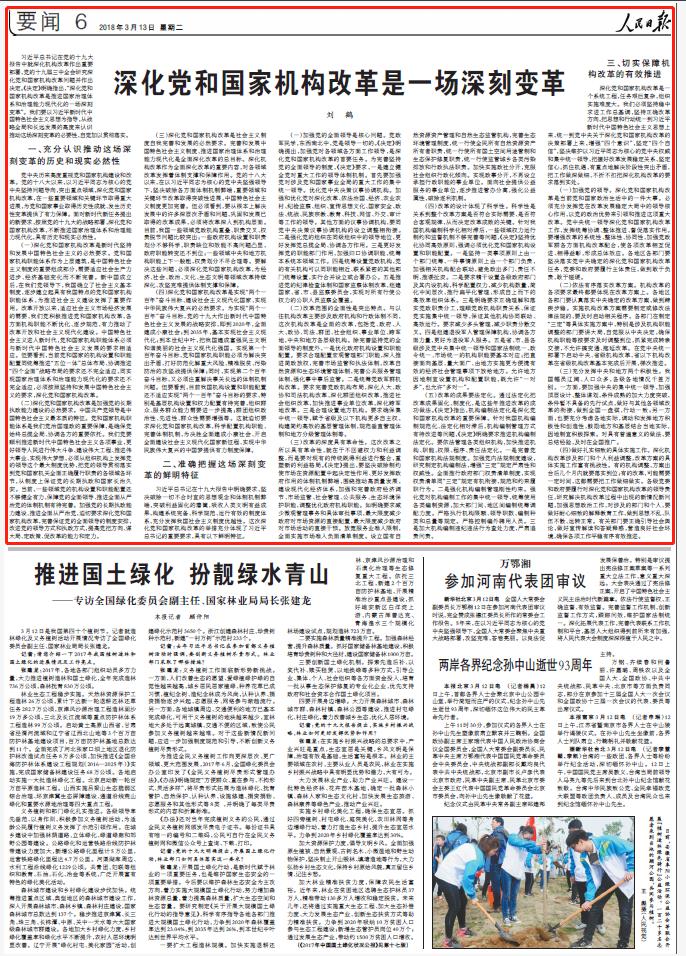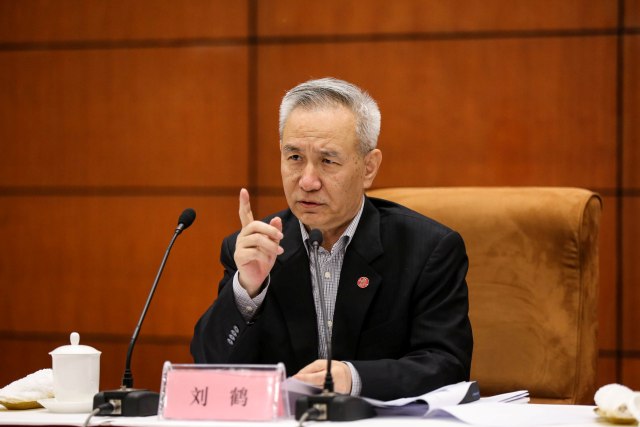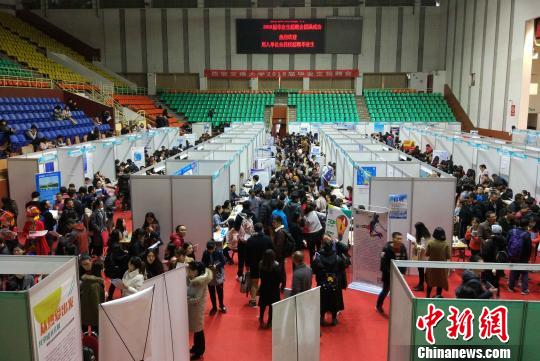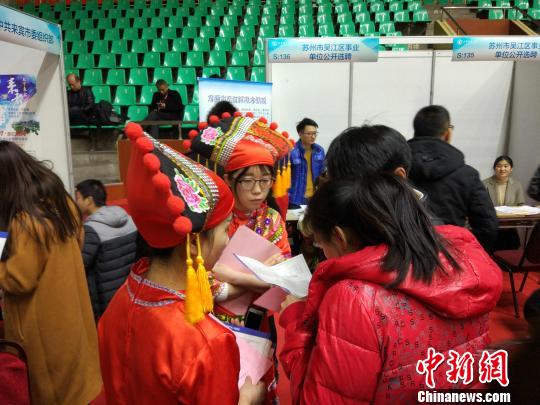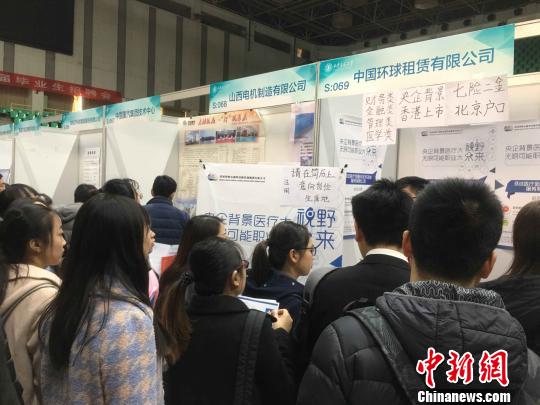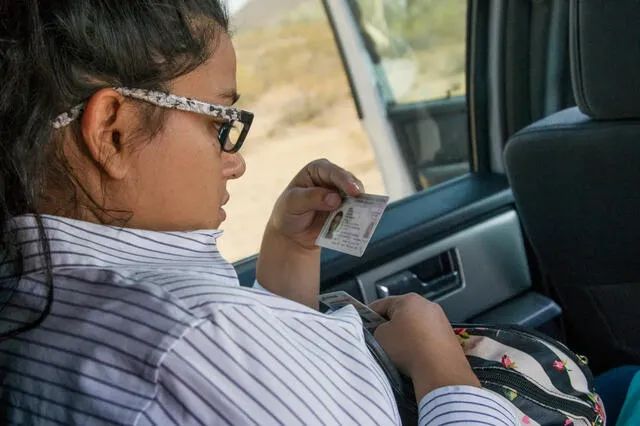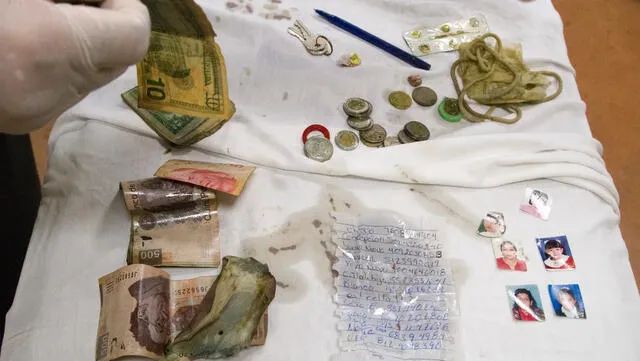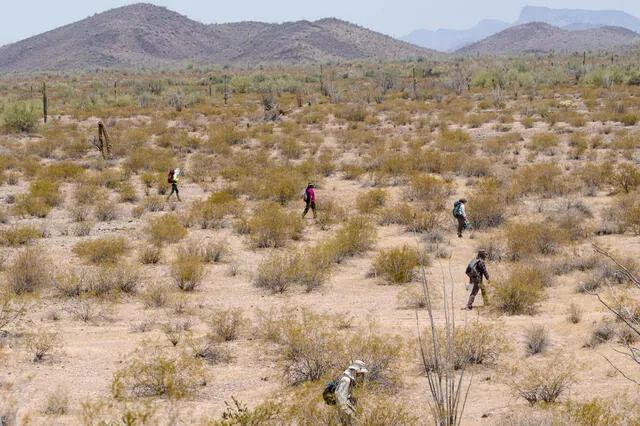First, the enrollment target
The students enrolled in the first grade of junior high school are students in the sixth grade of primary school, whose parents buy or rent a house in Futian District and actually live, and meet one of the following conditions: ① registered teenagers in Shenzhen; (2) children who enjoy relevant preferential policies of the municipal government; (3) non-deep-registered teenagers whose parents have Shenzhen household registration; (4) Non-registered teenagers whose parents or one of them holds the residence permit of Shenzhen Special Economic Zone, and have lived in Shenzhen for one year and continuously participated in social insurance (endowment insurance and medical insurance) for one year.
Second, the schedule and registration procedures
(1) Online registration (June 2-June 8)
9:00 on June 2nd is the starting time for online registration. Parents can register online in the following ways:
The first way: log in to Futian Education Network (http://www.szftedu.cn) by computer, follow the instructions to enter the "Futian District Public Junior One Enrollment Registration System in 2023" (hereinafter referred to as the "registration system") to register, and upload the electronic version of relevant documents (taking photos or scanning) to the registration system (the photos must be correct and clear, otherwise the examination will be affected).
The second way: enter the "Futian District Public Junior One Enrollment Registration System in 2023" through the "Futian Education" WeChat WeChat official account-"Enrollment Transfer"-"Junior One Enrollment System" to register. The registration process is the same as the first method.
The third way: use the mobile phone to scan the QR code and enter the "Futian District Public Junior One Enrollment Registration System in 2023" to register. The registration process is the same as the first and second methods.
Futian District Public Junior One Enrollment Registration System QR Code
18:00 on June 8 is the end time for online registration. Parents are requested to register online within the specified time.
Tips: 1. Registration in this time period is not used as the ranking basis of degree arrangement, so parents should register at the wrong peak to avoid network congestion and affect the smooth registration.
2. During the online registration, parents can log in to the "registration system" several times to fill in information and upload materials. After the registration deadline, the system will no longer accept registration. The sign of successful registration is to obtain the "registration number". Please ask parents to confirm whether the registration is successful.
3. Parents should choose the corresponding school according to their actual residential address, and regard it as the first voluntary school, and complete the registration truthfully as required. For the scope of registration lots of public junior high schools (referred to as lots for short), please refer to the Code Map of Registration Lots for Freshmen in Futian District in 2023.
4. Those who have studied in various junior high schools or applied for degrees by using false materials will be disqualified once verified.
5. Students who have moved to Luohu, Nanshan, Yantian, Baoan, Longgang, Pingshan, Longhua, Guangming, Dapeng and Shenzhen-Shantou Special Cooperation Zone, who are now studying in the sixth grade of Futian District Primary School, please master the enrollment policies, time and place of each district according to the telephone number or website provided in the table below, and their parents will go to the corresponding areas to declare their first-grade degrees.
The consultation telephone number and website of compulsory education enrollment of Shenzhen municipal and district education administrative departments in 2023.
(two) to verify the actual residence (June 9-before the announcement of the admission list)
Futian District takes the residential information registered in the community grid center as the basis for verifying the actual residence. In order to ensure that the actual residential address is consistent with the materials for applying for degree housing, parents are requested to take the initiative to register the residential information in the community grid center and fill in the actual residence commitment letter when registering online.
TipsThe housing for applying for a degree must be the actual residence of the family, and the housing certification materials provided by the applicant must be consistent with the actual residence. Housing materials without actual residence cannot be used for degree application. In 2023,Futian District will strengthen the verification of the actual residence of degree applicationsBefore the announcement of the admission list, the school will visit with the relevant departments from time to time to verify the actual residence of the degree applicants. Once approved, the degree application will be cancelled.
(3) Other voluntary reporting (June 9-June 10)
Public schools in our district implement points admission, and there may be cases where they are not admitted to the first voluntary school because of insufficient points. Please ask parents to know and make other voluntary reports. Parents can choose up to three other schools as other voluntary schools according to the system prompts, and sort the selected schools according to their wishes, and choose them as the second to fourth voluntary schools respectively. In addition, parents have to choose whether to obey the adjustment.
TipsStudents who choose to obey the adjustment, if they are not accepted by all voluntary schools, the district education bureau will arrange the degree in the order of high points to low points; Students who choose not to obey the adjustment, if they are not accepted by all voluntary schools, the District Education Bureau will no longer arrange the degree as a whole.
(four) preliminary registration information (June 11th-June 15th)
All the information provided online will be sent to the relevant functional departments for review, and parents are requested to provide truthful information. If false materials are provided, once verified, the degree application qualification will be cancelled, and the false materials will be handed over to the relevant departments for handling according to law.
1. During the period from June 11th to June 15th, the school conducted a preliminary online inspection of the documents and materials uploaded by parents. Please log in to the "registration system" to check the preliminary results.
Tips: After the parents fill in the form by themselves, the points automatically generated by the system are the initial points, and the points approved by the functional departments are the final verification points.
2. Parents who fail the initial inspection must revise the relevant information on June 16 -17, upload the electronic version (photo or scan) of the documents and materials to the registration system, and bring the original documents and materials to the school site for initial inspection if necessary, and will not be accepted after the deadline.
(5) Review and recheck of materials (June 16th-July 13th, July 14th-July 18th)
1. The District Education Bureau will submit the registration materials that have passed the preliminary inspection to the departments of street, social security, housing construction, public security, self-regulation and so on for review. During the review, the system will dynamically display the review of various materials.
2. On July 13th, the system will display the results and points of various certificates. Parents who have objections to the results must log in to the "Registration System" on July 13th-14th to make changes, and they will not be able to make changes after the deadline. The revised information will be sent to the relevant departments for review again, and the review and review will be completed at 18:00 on July 18th.
Tips: There are many business departments involved in the audit and a large amount of data. If there is any adjustment to the date of publishing the audit results, it will be announced through the registration system. Please pay attention to it.
Parents who disagree with the final score must lodge a complaint in the "registration system" within 3 working days after the final audit result is announced, or they can bring all relevant materials to the service hall on the first floor of Futian District Education Bureau to lodge a complaint, and they will not be accepted after the deadline.
(6) Overall degree (July 19th-July 26th)
Futian District Education Bureau and schools collate information and co-ordinate degrees.
(seven) announced the admission list (July 27th)
At 10:00 on July 27th, each junior high school announced the admission list stamped with the official seal of the school in the bulletin board, and parents can log in to the "registration system" to check the admission results.
Tips: Parents who have objections to the admission results should lodge a complaint in the "Registration System" within 3 working days after the announcement of the list, or bring relevant materials to the service hall on the first floor of Futian District Education Bureau to lodge a complaint, which will not be accepted after the deadline.
(8) Registration of freshmen (July 28th-July 29th)
From July 28 to July 29, freshmen will register at the school.
TipsStudents who have been announced to be admitted to a school but fail to register at the school on time will be disqualified.
Third, the preparation of registration materials
(1) Students with household registration in Shenzhen
1. Identification materials:Identity cards and household registration books of students and their parents who apply for study (birth certificates must be provided when the household registration book cannot reflect the parent-child relationship);
2. Proof of address and housing in Futian District:
(1) Shenzhen real estate title certificate or valid purchase contract for residential purposes issued by the Planning and Natural Resources Bureau of our city (formerly the Planning and Land Bureau);
(2) The Housing Lease Certificate for residential purposes registered by the Housing Lease Management Office of the subdistrict office of the current residence (it must be a complete house and valid for more than one year); The application for enrollment by using the information of population residence registration is only applicable to residential houses that have stopped handling the Housing Rental Information. It is necessary to provide the Letter of Love from the Owner of Degree Application in Futian District signed by the guardian and the owner of the house (the Power of Attorney for Degree Application in Real Estate signed with the owner before is equally valid), the identification materials of the owner of the house, and the proof materials of the property right;
(3) The Purchase Contract or Lease Contract of the policy housing registered by the guardian and the housing construction department;
(4) Ancestral house, military production house, fund-raising house, dormitory or other housing and other valid certification materials.
Tips: 1. To apply for a degree in an indigenous ancestral home, you need to provide the following materials: ① For an indigenous ancestral home with legal property rights certificates, provide legal property rights certificates and share certificates of a joint-stock company; (2) If it belongs to the ancestral home of the original residents without legal property right certificate, provide the Futian District Compulsory Education Admission Certificate and the share certificate of the joint-stock company issued by the joint-stock company.
The Application for Compulsory Education in Futian District and the Certificate of Ancestral House can be downloaded from the "Futian Education" WeChat WeChat official account by clicking the "Enrollment and Transfer" column in the lower right corner → "Attachment Download".
2. To apply for a degree in a unit dormitory, the following materials are required: ① The work unit where the guardian works provides proof of the legal right to use the house (real estate license, the Purchase Contract or Lease Contract of the policy house registered by the housing construction department, and the house lease certificate. If the house lease certificate is provided, it must meet the requirements of the initial issuance date); (2) the guardian’s working relationship certificate (social security payment list for more than half a year); ③ The family has no house certificate in Shenzhen.
Public rental housing and talent rooms allocated to units and subletted to employees are regarded as unit dormitories.
3. In 2023, all students who apply for public schools in compulsory education stage in our district by renting houses: ① Tenants who rent houses with proof of property rights must apply for lease vouchers and grid registration residence information before June 30, 2022 (including that day); (2) Tenants renting houses without proof of property rights, who are unable to handle the housing rental information, must register their residential information in the grid before June 30, 2022 (including that day), and provide the Love Letter from the owner of the house for degree application in Futian District (the authorization letter for application for degree in real estate signed with the owner is equally valid), the identity proof materials of the owner of the house and the proof materials of the house property rights.
In 2024, all students who apply for public schools in compulsory education stage in our district by renting houses: ① Tenants who rent houses with proof of property rights must apply for lease certificates and grid registration residence information before April 30, 2023 (including that day); (2) Tenants renting houses without proof of property rights, who are unable to handle the housing rental information, must register their residential information in the grid before April 30, 2023 (including that day), and provide the Love Letter from the owner of the house for degree application in Futian District (the authorization letter for application for degree in real estate signed with the owner is equally valid), the identity proof materials of the owner of the house and the proof materials of the house property rights.
The Love Letter for the Property Owner of Futian District Degree Application can be downloaded from the "Futian Education" WeChat WeChat official account by clicking on the "Enrollment and Transfer" column in the lower right corner → "Attachment Download".
(2) Students who are not registered in Shenzhen
1. Identification materials: ID cards and household registration books of students and their parents who apply for schooling (birth certificates must be provided when the household registration book cannot reflect the parent-child relationship);
2. Identification documents of parents living in Shenzhen.: If both parents are not registered in Shenzhen, they need to provide a residence permit of Shenzhen Special Economic Zone with the function of both parents or one of them;
3. Proof of address and housing in Futian District: refer to the address and housing certification materials of Shenzhen household registration students applying for admission;
4. Proof of guardian’s employment in ShenzhenIf both parents are not registered in Shenzhen, they need to provide a valid Shenzhen social security card with the function of "old-age insurance+medical insurance" for both parents (continuous participation in social insurance in this city is required for one year).
(3) Hong Kong, Macao and Taiwan students
1. Identification materials: Apply for student’s ID card, Hong Kong, Macao and Taiwan residents’ pass to and from the Mainland;
2. Identification documents of parents living in Shenzhen.: One parent provides ID card and household registration book for Shenzhen household registration; If both parents are not registered in Shenzhen, they must also provide a residence permit for Shenzhen or a residence permit for Hong Kong, Macao and Taiwan residents with both parents or one of them.
3. Proof of address and housing in Futian District: refer to the address and housing certification materials of Shenzhen household registration students applying for admission;
4. Proof of guardian’s employment in Shenzhen: refer to the employment certification materials of non-Shenzhen registered students applying for admission as guardians in Shenzhen;
5. Proof of parent-child relationshipTo apply for a degree, students from Hong Kong and Macao need to provide a notarial certificate of parent-child relationship between parents and children issued by Shenzhen notary department.
(4) Children of persons who enjoy relevant preferential policies.
The children of martyrs, eligible servicemen and retired servicemen, fire rescue team personnel, police heroes and disabled policemen who died in the line of duty, high-level talents, Pengcheng talents, Futian talents and other personnel who enjoy preferential policies will be given preferential education policies and publicized to the public.
School-age children who belong to relevant preferential policies shall, in addition to providing information according to the above requirements, issue relevant materials stipulated by preferential policies when applying for degrees.
Four, points admission and admission methods
The public schools in our district implement integral admission, and the integral consists of two parts: basic points and extra points (the specific integral method is attached). Points will be scored for Shenzhen household registration and non-deep household registration teenagers who meet the conditions of studying in our city. Students who are not admitted to voluntary schools and choose to obey the adjustment will be included in the overall adjustment of the whole district. In the case of the same integral, the same score principle is adopted:
1. If the points are the same, the household registration will be given priority, and they will be admitted in the order of Futian household registration, household registration in other districts of Shenzhen and non-deep household registration;
2. If the points and household registration are the same, the purchase category takes precedence over the rental category;
3. If the points, household registration and housing type are the same, living for a long time is preferred;
4. If the points, household registration, housing type and residence time are the same, the guardian’s long-term accumulated social security payment is preferred.
Five, public degree co-ordination measures
If the number of applicants who meet the admission requirements exceeds the enrollment plan of a school, the admission score of the school shall be determined according to the number of students enrolled in the school; If the number of applicants who meet the admission requirements does not reach the enrollment plan of a school, all the students who meet the admission requirements of the school will be admitted; Students who are not admitted to voluntary schools and choose to obey the adjustment will be arranged according to the degree vacancies and residential lots in the whole region.
Sixth, the degree application policy
(1) Our district implements the housing lock-in policy for applying for public school degrees in compulsory education, and only one public school degree is provided for the same set of housing in the school district (multiple children of the same parent are not subject to this restriction). During the lock-in period of this degree, other families may not repeatedly use the housing to apply for degrees.
(2) All public schools in compulsory education in our district have implemented the policy of locking in the housing for degree applications. Those who are admitted to the first grade of public junior high schools in our district will be locked in the housing for degree applications for 3 years; If you transfer to a public junior high school in our district, the lock-in time is from the time of transfer to the time of graduation in the same period.
Tips: For the housing lock, please log in to "School District Division" → "Lock Query of Degree Application Room" at the lower left corner of the homepage of Futian Education Network (http://www.szftedu.cn).
Seven, the pilot primary and secondary schools directly.
Our district implements a voluntary direct policy for nine-year compulsory schools and counterpart direct schools. For primary school graduates studying in nine-year compulsory schools and counterpart direct schools in our district, they can either choose direct direct junior high schools or apply for a junior high school degree according to the location where the degree application room belongs. Counterpart direct schools are: Huaxin Primary School Direct to Huafu Middle School, Wen Tianxiang Primary School (Gangxia) and Fuhua Primary School Direct to lotus middle school South Campus, Huanggang Primary School and Fumin Primary School Direct to Huanggang Innovation Experimental School Middle School, Xiasha Primary School Direct to Hongling Experimental School (Shangsha) Middle School, Xinzhou Primary School and Xinsha Primary School Direct to Hongling Experimental School (Xinzhou), Meishan Primary School Direct to Meishan Middle School, Primary School Affiliated to Academy of Education and Secondary School Affiliated to Academy of Education.
(1) Select the above-mentioned primary school graduates from the junior high school, and the parents will log in to the registration system to register themselves. After entering the student identity information, if the first voluntary school is selected as the direct school, it will be regarded as an application for direct flight, and relevant materials will be submitted online (refer to the enrollment materials of freshmen for details), and the materials will be accepted after passing the examination.
(two) the above-mentioned primary school graduates who do not choose to go directly to junior high school apply for a junior high school degree according to the location where the degree application room actually lives.
Eight, the pilot district system enrollment.
(A) the university enrollment system
In Huafu District [that is, the enrollment areas of Huafu Middle School and Huafu Village Central School (tentative name) 2 schools], the enrollment system of the pilot university area;
(1) Students living in the university area can voluntarily choose one of the schools in the university area to apply as the first choice school, and choose up to three other schools as other volunteers according to the system prompts.
(2) Calculate the integral according to the unified integral standard of the whole region, and increase the integral of the school that chooses to enroll in the original lot by 10 points [if the family that belongs to the enrollment lot of Huafu Middle School chooses to enroll in Huafu Middle School, the integral will be increased by 10 points on the basis of the original integral, and it will not be able to get this extra point if it chooses to enroll in the junior middle school of Huafu Village Central School (tentative name)].
(3) Admission is sorted according to the order of volunteers and the level of points. Students who are not admitted to all voluntary schools and choose to obey the adjustment are included in the overall adjustment of the whole district (when the whole district is adjusted as a whole, it is ranked according to the original points).
(B) shared school district enrollment system
In Meilin District (namely, the enrollment areas of Meixiang School Junior High School and Meishan Middle School), Futian South District (namely, the enrollment areas of Futian District Second Experimental School Junior High School and Futian District Second Experimental School South Campus Junior High School (tentatively named, formerly Huangyuyuan School)), we will try to share the enrollment system of school districts;
(1) Students living in the shared school district can voluntarily choose one of the schools in the shared area to apply as the first choice school, and choose up to three other schools as other volunteers according to the system prompts.
(2) Calculate the integral according to the unified integral standard in the whole region.
(3) Admission is sorted according to the order of volunteers and the level of points. All voluntary schools are not accepted and students who choose to obey the adjustment are included in the overall adjustment of the whole district.
Nine, matters needing attention
(1) The mobile phone number provided by parents on the Internet (please do not fill in the landline number) is the main tool for receiving the school’s registration notice. Please pay attention to the content of short messages (which may be intercepted by some software) and actively cooperate.
(2) There are often criminals who lie that they can help parents solve the degree of public schools, so as to ask parents for money. I hope parents will not believe false promises to avoid losses.
(3) Registration of special teenagers
1. School-age disabled teenagers who have the ability to receive general education and meet the conditions of studying in Futian District can apply for general education schools in the school district, and the schools need to receive them as required. All school-age special teenagers who are enrolled in the first grade of this year, can adapt to the study and life of ordinary schools, and meet the conditions of studying in Futian District, can apply to schools in the school district.
2. School-age disabled teenagers with intellectual disabilities, mental disorders and physical disabilities who can’t adapt to regular classes in general education schools, but can adapt to the study and life in special education schools, can apply for the first-year degree of Zhuxiang School (special education school) in Futian District with household registration, ID card, birth certificate, disability certificate and hospital diagnosis certificate. Parents will enter the "2023 Futian District Public Junior One Enrollment Registration System" to register according to the above guidelines. (School Address: No.3057, Qiaoxiang Road, Xiangmihu Street, Futian District; Contact: Teacher Yang; Tel: 0755-82785124).
3. School-age disabled adolescents with hearing and visual impairment registered in Futian District can consult and register at Shenzhen Yuanping Special Education School with household registration book, ID card, birth certificate, disability certificate, medical certificate and other materials. The specific registration time is subject to the enrollment announcement of Shenzhen Yuanping Special Education School. (School address: No.138, West Ring Road, Buji Street, Longgang District, Tel: 0755-89468816).
(four) where one of the following circumstances, the school will not provide degrees.
1. Those who apply for a degree by using false materials;
2. Those who fail to apply for a degree on time;
3. Those who have arranged degrees but fail to register at school on time;
4. I have been a reader in junior high school.
(5) Complaints and consultation
1. Complaints
If parents have objections to the school enrollment, they can report to the school enrollment department. If parents are not satisfied with the school’s explanation or solution, they can register their complaints in the service hall on the first floor of Futian District Education Bureau.
Step 2 consult
Parents can visit Futian Education Network or follow WeChat WeChat official account "Futian Education" to learn about the relevant enrollment policies and the latest news. If you need on-site consultation, you can go to the service hall or school service window on the first floor of Futian District Education Bureau from 9: 00 to 12: 00 and 14: 00 to 18: 00 on weekdays. For telephone consultation, please call the following number:
Public school enrollment hotline: 82918379
Admissions Supervision Complaint Tel: 82928193
Admissions consultation telephone numbers of schools: please pay attention to the columns of "Futian Education" → "Enrollment and Transfer "→" Consultation Telephone "on WeChat WeChat official account.
Measures for integral admission in compulsory education in Futian District
Remarks: ① If the applicant’s children and parents can’t provide valid proof materials for extra points, they will be deemed as giving up extra points.
② The deadline for calculating the bonus points for continuous residence is April 30, 2023. If the time is interrupted for more than one month, it will be calculated from the time closest to the registration date.
(3) Accumulated bonus points for social security, and the deadline for calculation is April 30, 2023.

